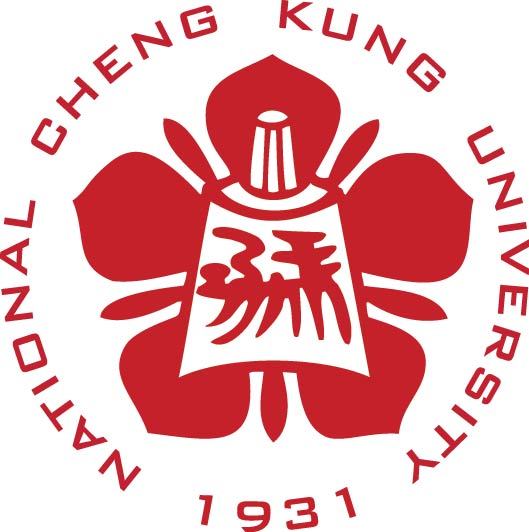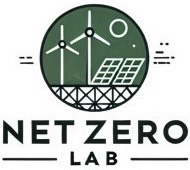

Among Taiwan’s twelve key strategic areas for achieving net-zero emissions, the first three are directly related to green or clean energy. According to the *Renewable Energy Development Act*, renewable energy is defined as energy derived from solar, wind, biomass, geothermal, marine (including tidal), non-pumped hydro, and energy generated directly or through treatment from domestic and industrial waste. It also includes other sources recognized by the central competent authority as being sustainably exploitable. In response to the global prioritization of climate change mitigation and the pursuit of sustainable development, green energy has become a focal point in national development agendas, and an emerging industry at the heart of international energy strategies and technological competition.
Due to the inexhaustible nature of renewable energy resources, such sources have garnered increasing global attention, particularly in countries suffering from energy scarcity. In recent years, global climate change and air pollution issues have further intensified discussions surrounding energy and power generation. Against this backdrop, the replacement of fossil fuel-based power generation with green energy sources—such as wind power, solar photovoltaics, and hydrogen fuel cells—has become a critical task for national power infrastructure development.
Geographically, Taiwan is surrounded by the ocean, offering substantial potential for marine energy utilization. As such, the third key area of Taiwan’s twelve strategies—the “Advanced Energy Technology Action Plan”—emphasizes the development of ocean energy. Taiwan’s geographical advantage presents a promising opportunity for renewable energy development. Moreover, the country’s extensive coastline is lined with large numbers of wave-dissipating concrete blocks. These structures, when struck by continuous ocean waves, absorb and disperse substantial energy. By making simple structural modifications to these existing breakwaters, it is feasible to harness the kinetic energy generated by wave impact and convert it into mechanical energy to drive generators, thereby creating a wave energy revetment power generation system. This approach could also contribute to the aesthetic enhancement of coastal landscapes.
Our laboratory aims to leverage Taiwan’s unique island geography to collect wave energy along the coastline, thereby increasing the share of green energy in the national power mix and providing a viable renewable energy option for corporations pursuing RE100 commitments. We are therefore dedicated to the development of a wave energy revetment system tailored to Taiwan’s coastal environment and to the sustainable advancement of wave energy power generation in Taiwan.
In alignment with global carbon reduction objectives, the European Union and 118 countries launched the “Global Pledge on Renewables and Energy Efficiency” at COP28. This initiative aims to triple global renewable energy capacity and double the annual rate of energy efficiency improvement by 2030, and it is binding on all signatory nations. These goals are consistent with Taiwan’s national policies promoting energy conservation, carbon reduction, and the increased adoption of renewable energy, which focus on enhancing energy efficiency, developing new energy sources, improving energy storage, and integrating smart energy systems. Taiwan primarily develops solar and wind power while actively advancing battery energy storage and smart grid technologies to strengthen grid resilience.
In support of the *Framework of Taiwan’s Sustainable Energy Policy*, our laboratory is developing an Internet of Things (IoT)-based Energy Management System (EMS) that enables real-time collection of renewable energy and storage data. This system integrates real-time electricity measurement, data analytics, and renewable energy forecasting technologies with modules for carbon disclosure, emission reduction, and carbon neutrality. It is designed to accelerate corporate progress toward net-zero emissions. In 2022, Taiwan released its *2050 Net-Zero Emissions Roadmap and Strategy Guidelines*, which outlined action plans based on four major transitions and twelve key strategic areas. Achieving net-zero emissions by 2050 requires a comprehensive societal transformation. To that end, the promotion of a “Net-Zero Green Lifestyle” is essential, focusing on shifting consumer behavior and fostering sustainable, low-carbon living models.
Our laboratory actively incorporates green energy and negative emission technologies into ESG (Environmental, Social, and Governance) and CSR (Corporate Social Responsibility) practices. By integrating industry-specific low-carbon development needs with green energy applications, energy-saving and carbon-reducing technologies, automated carbon-sequestering biomass cultivation systems, and carbon credit trading mechanisms, we aim to achieve carbon neutrality and promote corporate sustainability while accelerating the national transition toward net-zero.
The Net-Zero Laboratory is dedicated to the development and application of green energy and net-zero technologies, with a proven track record of successfully implementing ESG modules. Our research team possesses expertise in various areas, including renewable energy development—such as wave energy revetment systems, AI-based solar photovoltaic forecasting and automated O&M systems, integrated renewable energy systems combining hydrogen and storage with optimization and smart control—as well as green intelligent manufacturing and smart energy management integrated with carbon management systems. Additionally, we specialize in the application of negative emission technologies for carbon neutrality and carbon credit strategies within the broader framework of net-zero innovation.
(701401) No. 1, University Road, East District, Tainan
11th Floor, Department of Electrical Engineering, Ziqiang Campus
92A02
Office: 06-2757575 ext. 62683 #292
Laboratory: 06-2757575 ext. 35013
Teacher: 0920-829-176